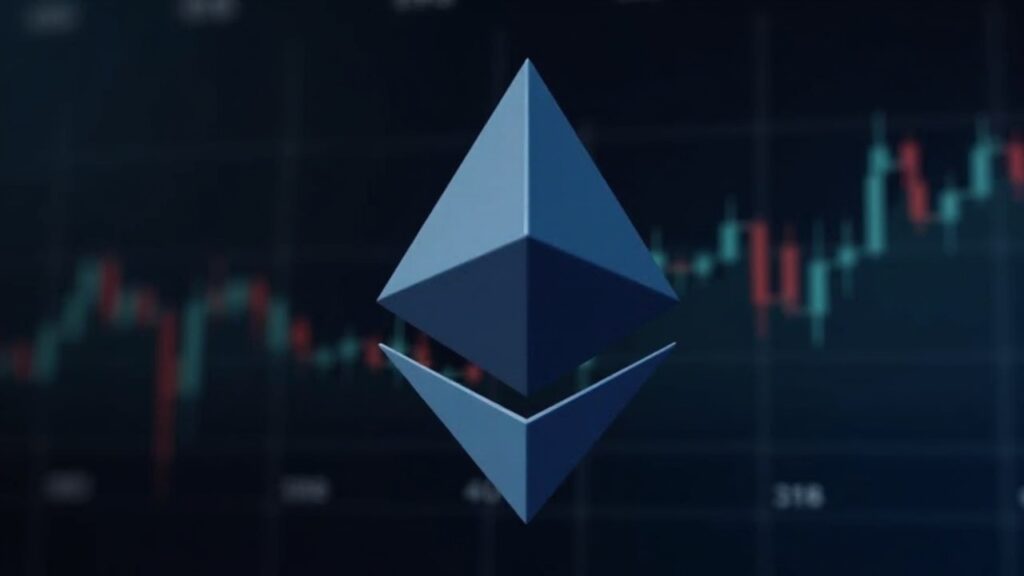Ethereum’s price whipped around just ahead of the U.S. inflation release, while exchange-traded funds holding ETH saw outflows as investors pulled cash. The double hit of macro jitters and ETF exits tightened liquidity, leaving less cash on hand for larger trades.
The market’s reaction underscored fragile depth and heightened sensitivity to data surprises, with quick moves amplified by thinner books and uncertainty around institutional flows.
Two forces collided: traders waited for the inflation print while ETF holders sold. An ETF is a stock market product that mirrors ETH’s price, giving exposure without holding coins. When spot prices jump as ETFs shed coins at the same time, sellers stack up and bid-ask spreads widen, intensifying swings.
Why Ethereum moved so much
Ethereum has been hit harder than usual by recent macroeconomic events, showing heightened sensitivity to market signals. Outflows from ETH exchange-traded funds (ETFs) point to a wave of short-term fear among investors, while a server timeout temporarily obscured part of the capital flow data — leaving traders navigating incomplete information. The combined effect has been a rise in perceived risk and a drop in same-day liquidity across trading venues.
“Macro data besides ETF flows turn price moves into swings,” one trader noted, summarizing how external economic headlines, fund movements, and liquidity interact in a self-reinforcing loop. As investors react to shifting conditions, small catalysts can quickly amplify into larger volatility waves, complicating short-term positioning in the ETH market.
The next key event on the horizon is the upcoming inflation report. Its outcome is expected to guide Ethereum’s next move — either restoring confidence and attracting ETF inflows or deepening the current outflow trend. Ultimately, the print will play a decisive role in shaping near-term liquidity conditions and volatility levels across the broader crypto market.
“Macro data besides ETF flows turn price moves into swings,” said one trader, capturing the feedback loop between headlines, flows, and liquidity.
Next to watch is the inflation release. The print will steer ETH’s next leg and determine whether ETF money returns or keeps leaving, shaping near-term liquidity and volatility.

